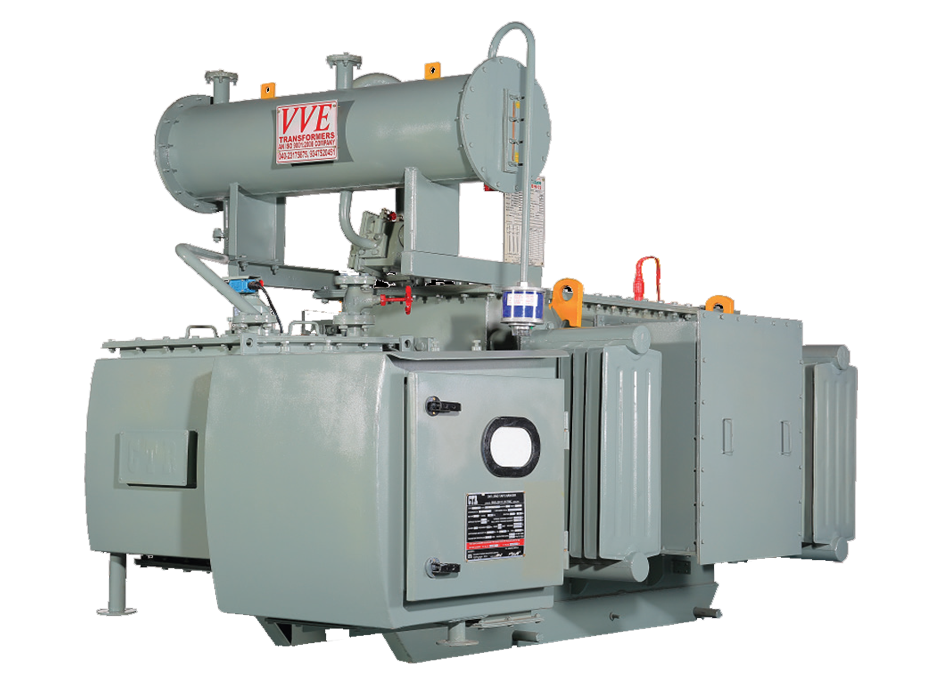
Isolating transformers, also known as isolation transformers, provide a crucial layer of electrical safety and improved signal quality by galvanically isolating the primary and secondary windings. This means there's no direct electrical connection between the input and output circuits, eliminating the risk of ground faults and providing protection against dangerous voltage surges. These transformers are essential components in various applications where safety and reliable performance are paramount.
Key Features and Benefits:
Technical Specifications (Vary depending on the model):
Choosing the Right Isolating Transformer:
Selecting the appropriate isolating transformer depends on the specific requirements of your application. Consider the following factors: